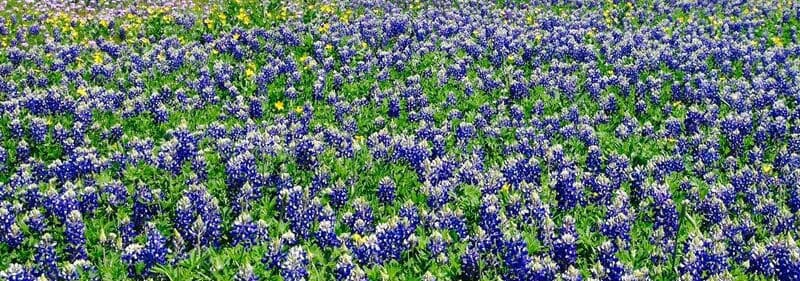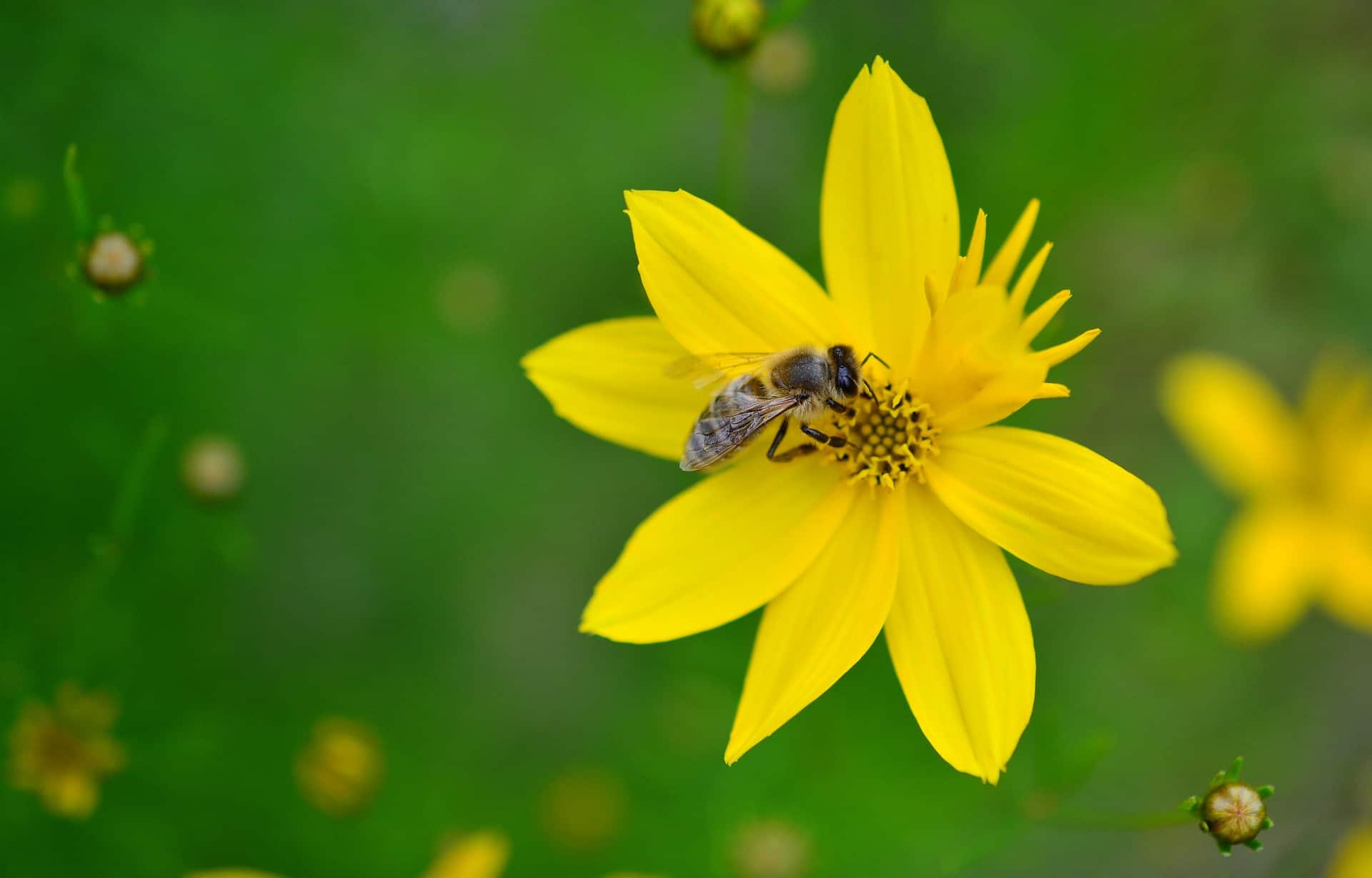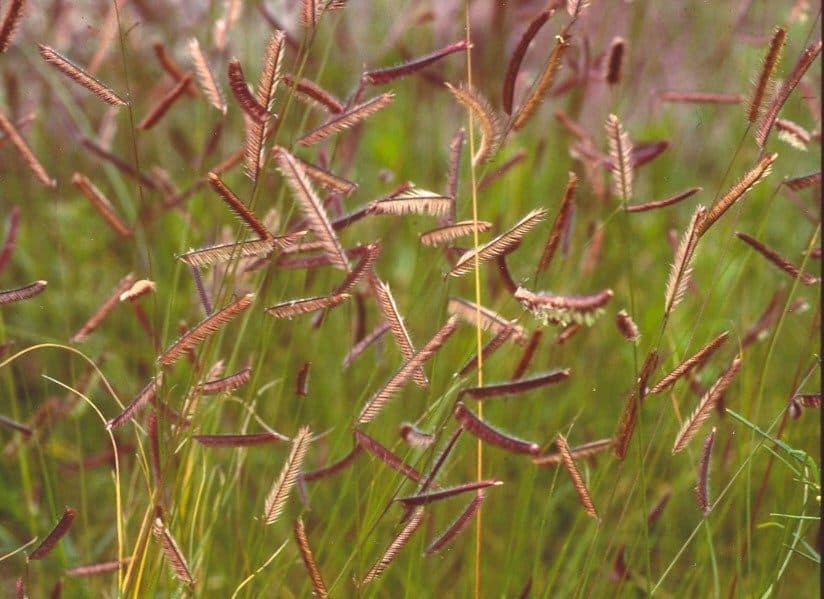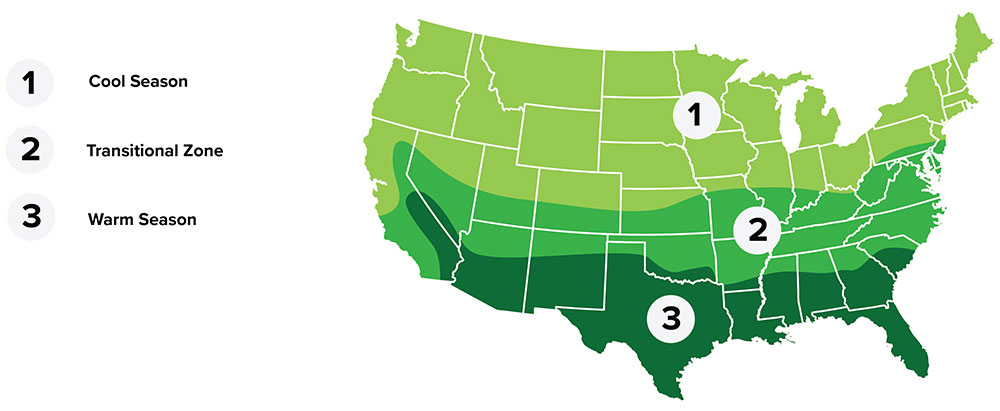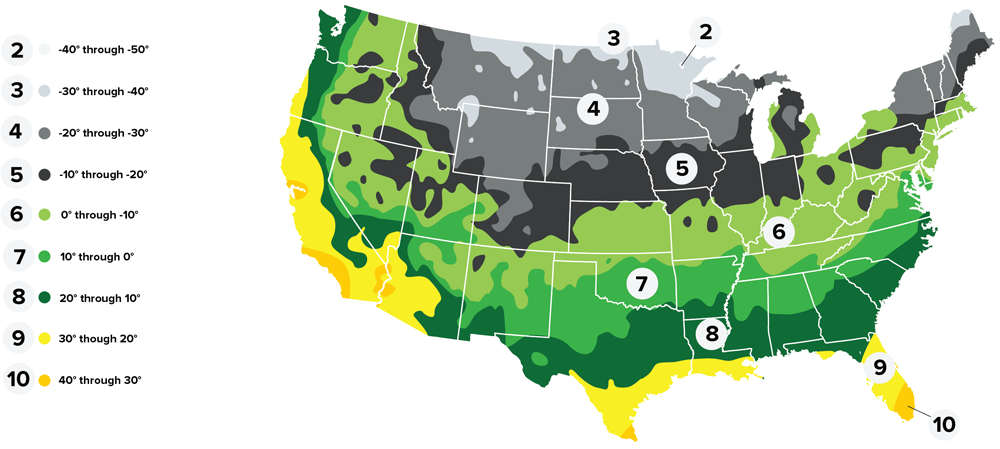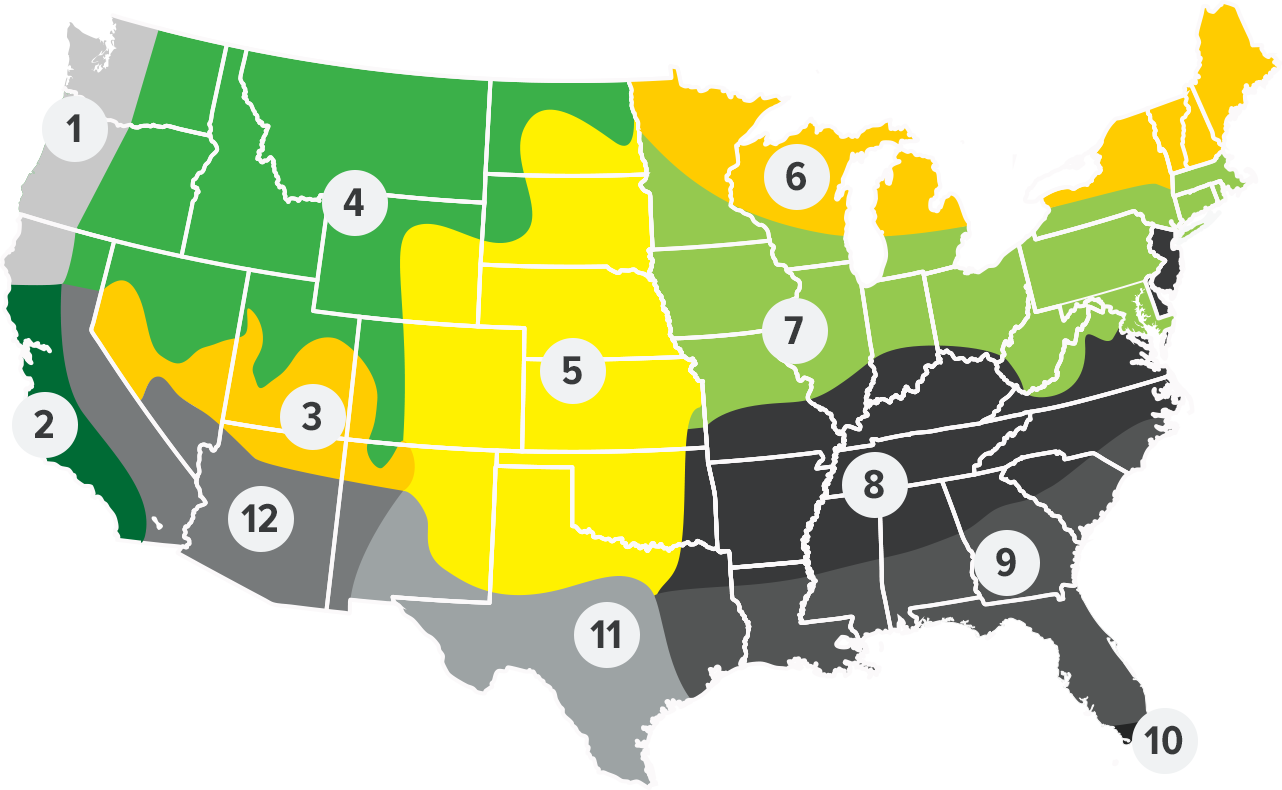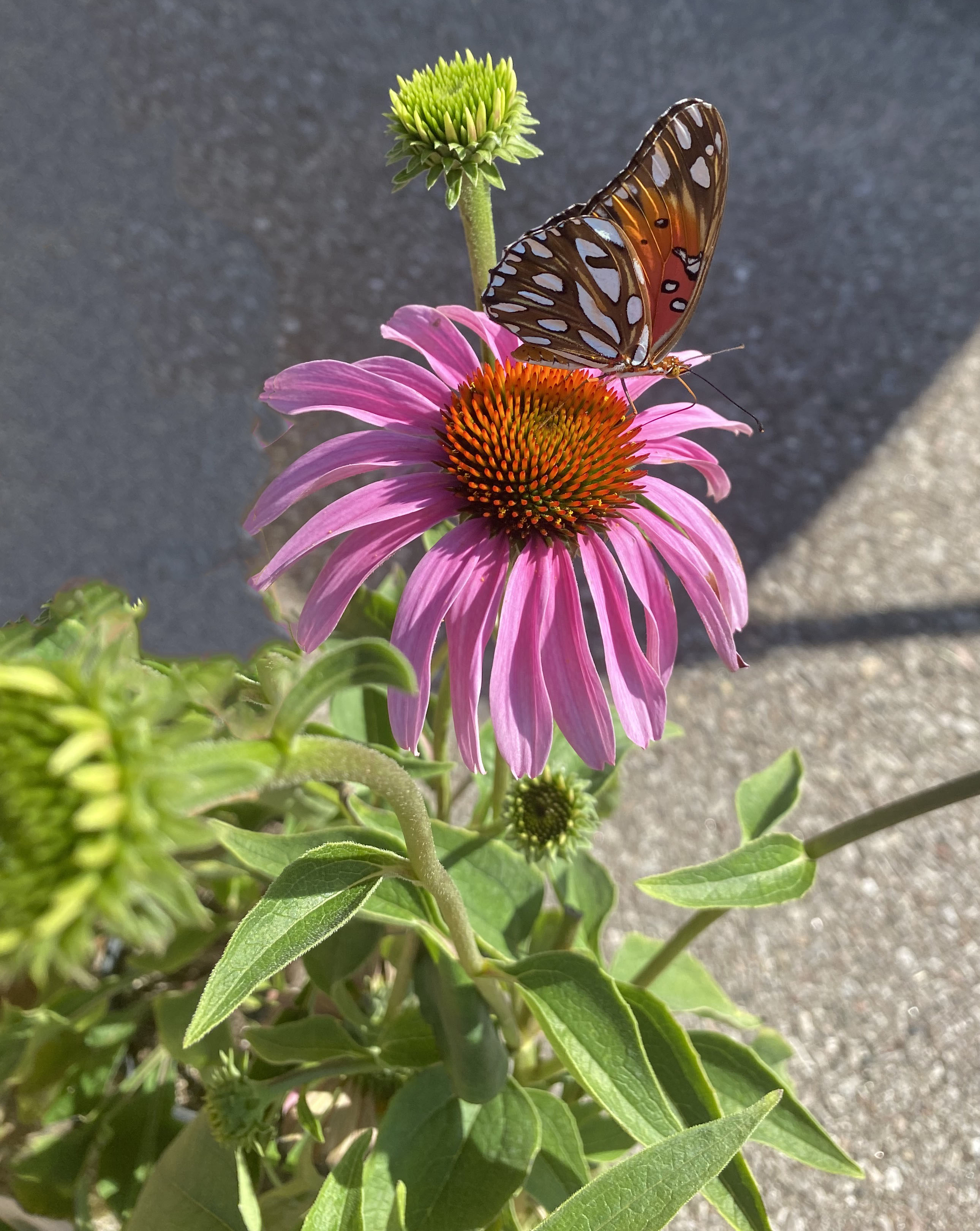
PURPLE CONEFLOWER
Summary
The Purple Coneflower is often grown simply for its ornamental value, especially for its showy flower. On the prairie they can be found growing in open rocky areas and in plains east of the Rocky Mountains from Texas to Montana. They are normally found in Oklahoma east of I-35. Native Echinacea are dwindling in the wild from loss of habitat and over harvesting to serve the herbal pharmaceutical industry. Herbivores such as deer are not a problem for purple coneflower, and songbirds love the seeds they produce.
Plant Characteristics
Taxonomy
Zone
- Regional Growing Zone
- 1 - Northwest Coastal, 5 - Midwest, 6 - Northeast Lakes, 9 - Southeast, 10 - South Florida, 11 - South Texas, 12 - Southwest
- USDA Plant Hardiness Zones
- 3, 4, 5, 6, 7, 8, 9
- Temperature Zone
- Warm, Cool, Transitional
Plant Characteristics
- Height
- 24" - 48"
- Bloom Period
- Spring - Fall
- Bloom Color
- Purple
- Leaf Color
- Green
- Growing Cycle
- Perennial
- Sun Requirement
- Full Sun, Partial Sun
Plant Information
- Planting Season
- Winter
- Plant Depth
- 0.0625"
- Minimum Soil Temp for Germination
- 70° F
- Establishment
- Easy
Seed Information
- Seeds Per Pound
- 128,000
- Kingdom
- Plantae
- Subkingdom
- Tracheobionta
- Super Division
- Spermatophyta
- Division
- Magnoliophyta
- Class
- Magnoliopsida
- Subclass
- Asteridae
- Order
- Asterales
- Family
- Asteraceae
- Genus
- Rudbeckia
- Species
- Rudbeckia hirta L.









